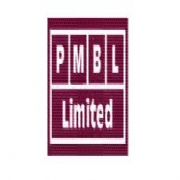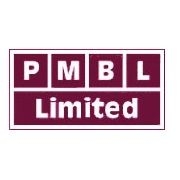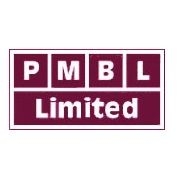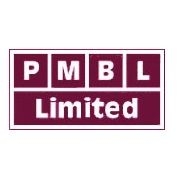NiMH Batteries
Advantages and Limitations of NiMH BatteriesAdvantages
30 - 40 % higher capacity over a standard Ni-Cd. The NiMH has potential for yet higher energy densities.
Less prone to memory than the Ni-Cd. Periodic exercise cycles are required less often.
Simple storage and transportation - transportation conditions are not subject to regulatory control.
Environmentally friendly - contains only mild toxins; profitable for recycling.
Limitations
Limited service life - if repeatedly deep cycled, especially at high load currents, the performance starts to deteriorate after 200 to 300 cycles. Shallow rather than deep discharge cycles are preferred.
Limited discharge current - although a NiMH battery is capable of delivering high discharge currents, repeated discharges with high load currents reduces the battery’s cycle life. Best results are achieved with load currents of 0.2C to 0.5C (one-fifth to one-half of the rated capacity).
More complex charge algorithm needed - the NiMH generates more heat during charge and requires a longer charge time than the Ni-Cd. The trickle charge is critical and must be controlled carefully.
High self-discharge - the NiMH has about 50 percent higher self-discharge compared to the Ni-Cd. New chemical additives improve the self-discharge but at the expense of lower energy density.
Performance degrades if stored at elevated temperatures - the NiMH should be stored in a cool place and at a state-of-charge of about 40 %
High maintenance - battery requires regular full discharge to prevent crystalline formation.
About 20 % more expensive than Ni-Cd - NiMH batteries designed for high current draw are more expensive than the regular version
Visit the PMBL Ltd website for more information on NiMH Batteries






